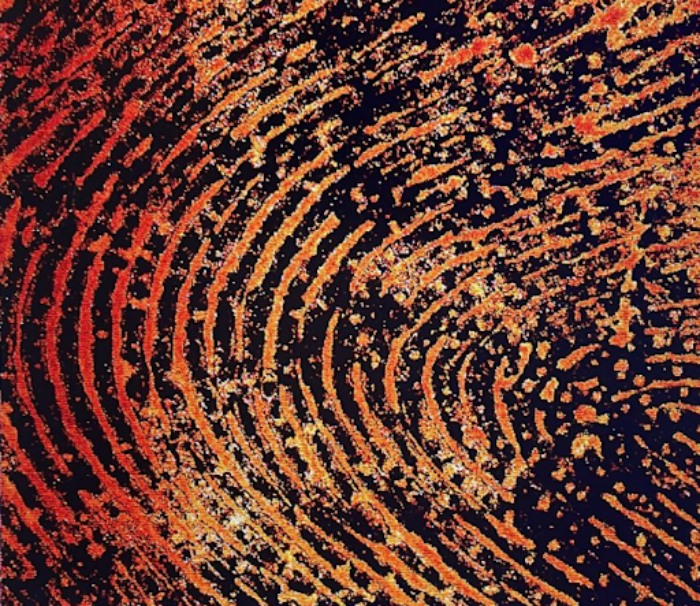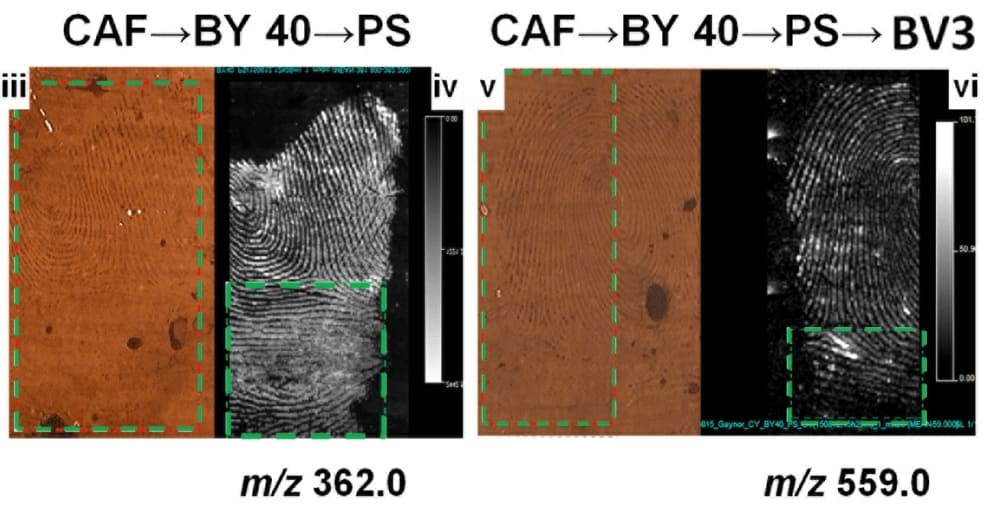Fingerprints have been the most powerful means of biometric identification for over a century. However, the process has remained largely unchanged in scope as only the physical characteristics of the ridge pattern are exploited to compare a crime scene mark with a fingerprint record, a process that leads to suspect identification if a match is found. Nonetheless, current fingerprinting may fail as in the case of smudged, partial and/or overlapped marks, or no fingerprint record.
A new technique
In 2008, the Fingerprint Research Group (FRG) at Sheffield Hallam University led by Professor Simona Francese, initiated the development of Matrix Assisted Laser Desorption Ionisation Mass Spectrometry Profiling/Imaging (MALDI MSP/I) based methods for the chemical profiling/imaging of fingermarks (molecular fingerprinting), as well as their translation in an operational environment.
Molecular fingerprinting enhances the forensic value of the fingermark evidence by detecting and visualising the molecules that can be found within, including contaminants, naturally occurring and introduced into the body. Molecular fingerprinting enables a novel way to conduct criminal profiling and to inform crime scene management, narrow down the pool of suspects and speed up investigations.
The ridge pattern can be reconstructed through visualising the molecules that are detected while preserving the integrity of the evidence (Figure 1).
The technology can provide ridge detail additional to that obtained by conventional CSI techniques in high spatial resolution (Figure 2).





